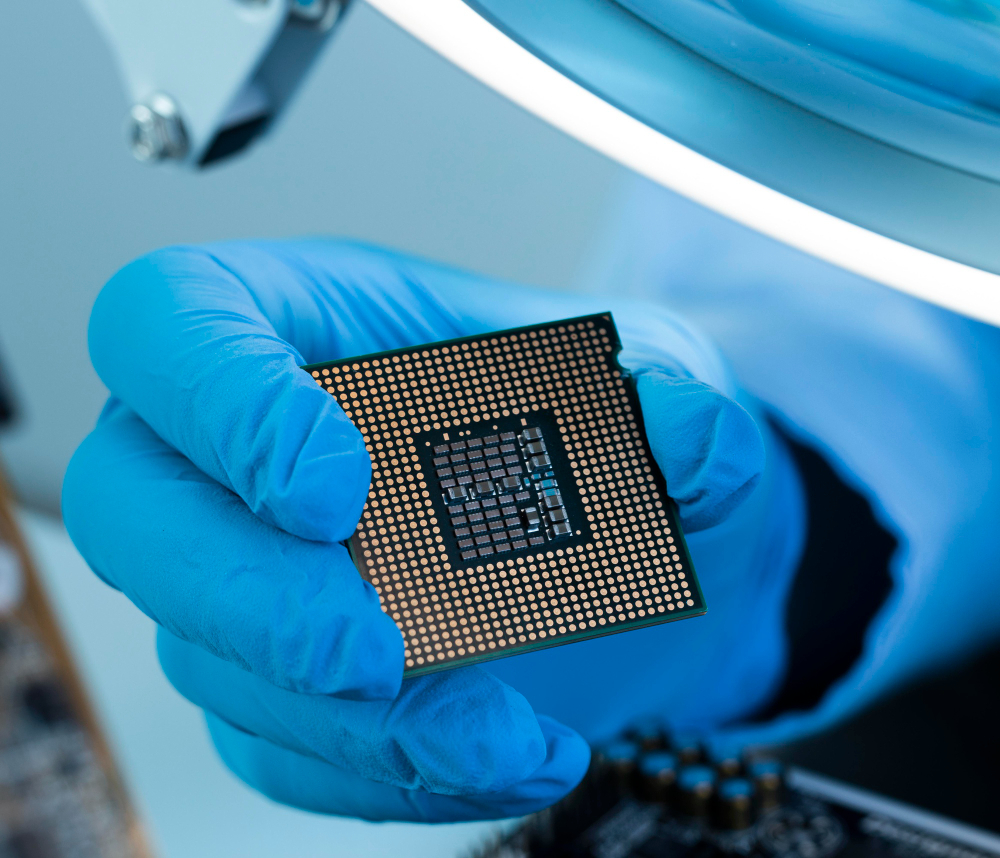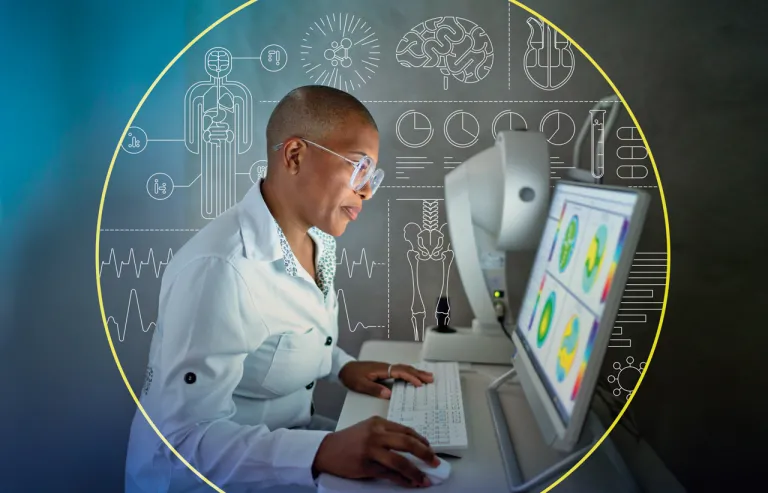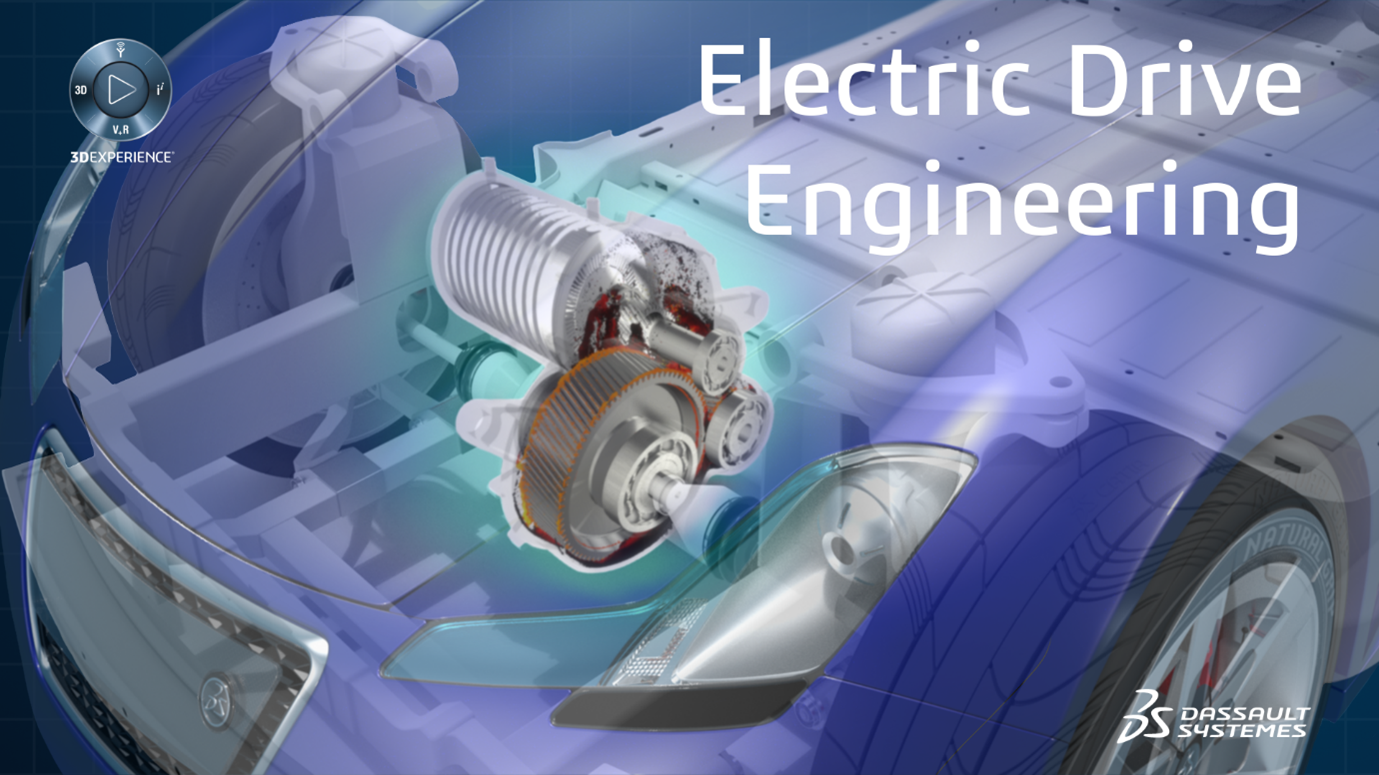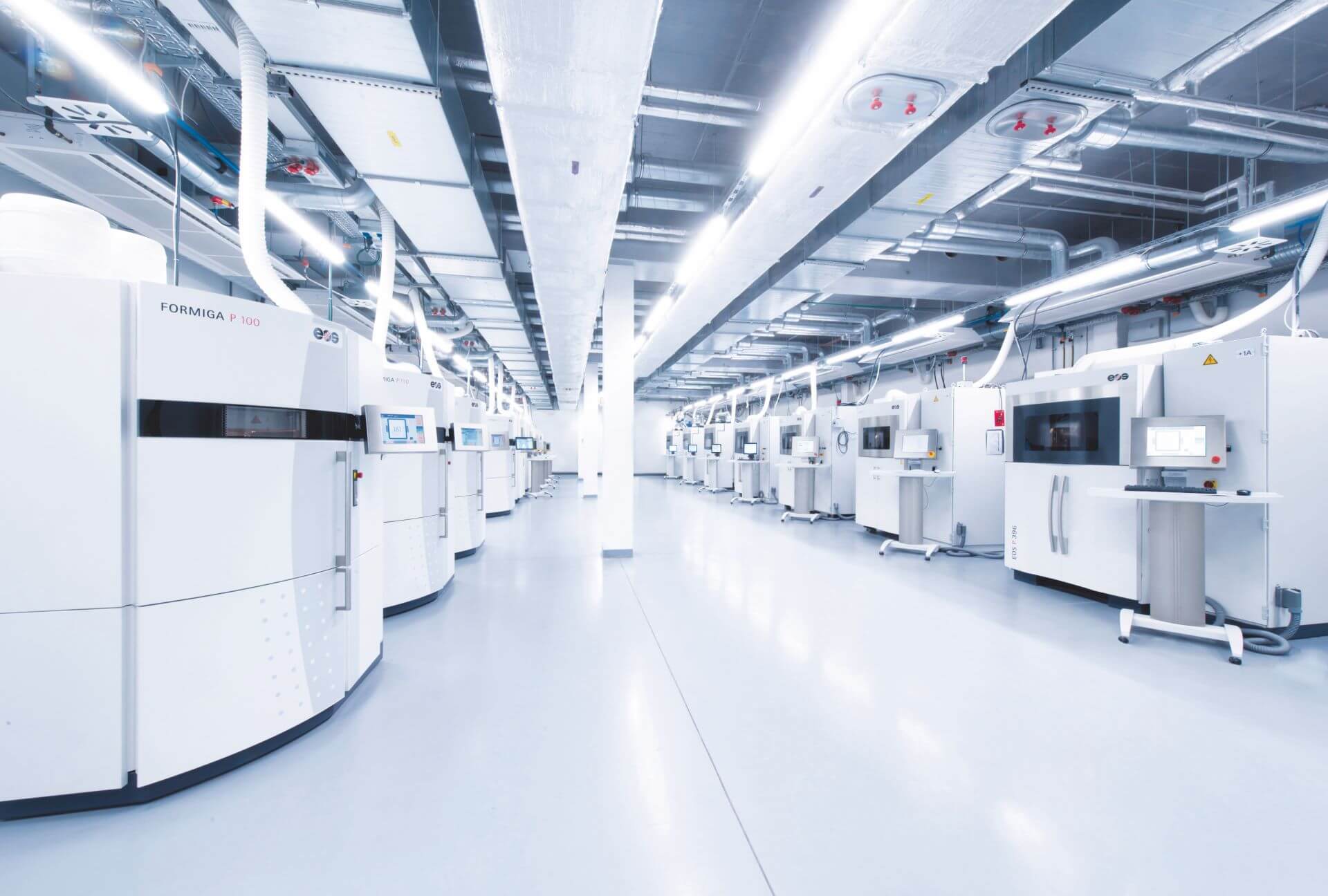Material Calibration in 3DEXPERIENCE Platform
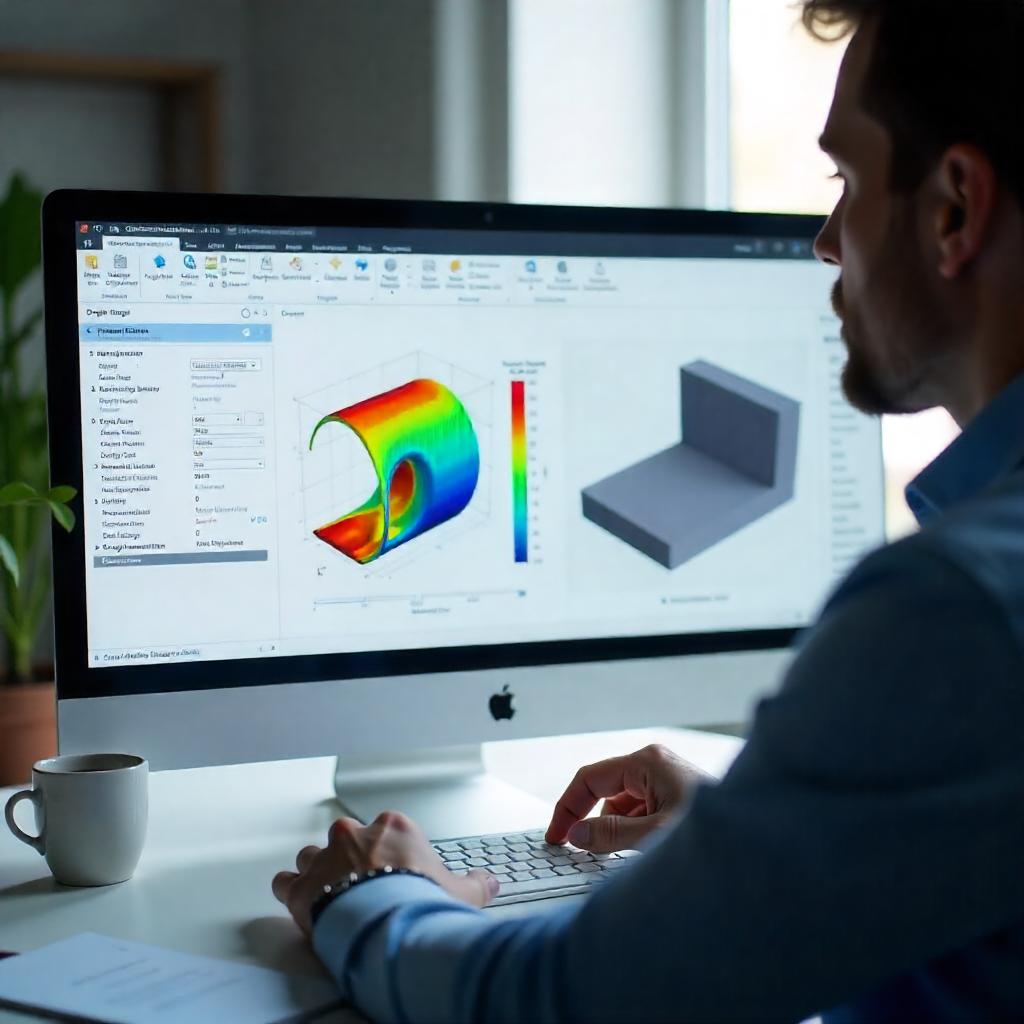
- Narendra L Palande
- February 22, 2021
What is Calibration?
Calibration is the comparison of measurements with a standard, accurate reference. The mathematical material model is generally defined using equations. This mathematical model represents the response of the material, constitutive behaviour and parameter dependency for material behaviour. Material calibration techniques helps to achieve optimum, best fit or closest value of material laboratory test data concerning the actual material behaviour. In this blog, material calibration capabilities of 3DEXPERIENCE platform are discussed in detail.
Why Material Calibration?
The main reason behind material calibration is to avoid the challenges and lengthy process of advance material modelling in Finite Element Analysis. For example, in the case of hyper-elastic materials generally, we have laboratory test data so as to understand which strain energy potential or coefficient would be best suitable. In such a scenario, material calibration will be of help.
The manual calibration process is time consuming, difficult and might not be accurate which might lead to errors whereas the calibration process in 3DEXPERIENCE uses similar data points which are obtained during laboratory tests. It will also capture proper behaviour and reduces errors between test data and material model.
General Process of Calibration
- Import the Test Data
- Select the material model and apply various filters
- Execute the calibration process
Calibration example using 3DEXPERIENCE platform

The above window shows the Calibration tab and other tab is about the imported test data. Calibration tab consists of several settings to work smoothly on imported data.
Importing and processing Test Data
Material can be imported from CSV, XLS and text format. Units and time have to be defined and temperature can be used if needed. Input data can be processed using decimation, smoothing and zero shift option. If many data points are used, then there are chances of errors or increase in execution time. In such a scenario, decimation option can be used to define the range of data to choose for execution by defining upper and lower limits just by dragging through the plot area.

Further, material model needs to be selected and the model depends on execution and numerical modes. For example, available models for numerical modes are linear elastic, hyper elastic, hyper foam, parallel rheological framework (including two-layer visco plastic) and user defined material. Analytic mode offers hyper elastic and hyper foam models.

Execution mode covers variety of material models of which most of them are implemented in Abaqus. Numerical mode generally takes more time to execute over analytical but it calibrates the material as accurately as possible. Since it uses Abaqus code material subroutine, it may be slower but it covers large number of material models and is efficient. Analytical mode is faster as it uses built-in equations of mathematical models.
Correction of Imported Data
Correction of imported data can be done through various error measure settings such as:
- Coefficient of Determination
- Mean Square Error
- Mean Absolute Error
- Root Mean Square Error
- Relative Square Error

Along with error measure settings, there is also flexibility to choose optimization algorithms, solver settings and selection of units.

Executing, Saving and Exporting Material Model
Once the optimization control is done, material model is finalized for execution. It is possible to enter the initial and known value for material model but not necessary. Once the execution is completed, the calibration history panel appears and the selected material parameters are also updated in the calibration setup panel.

The final result can be saved in the material pallet by creating a new material so that it can be used in 3DEXPERIENCE platform as and when required. Also, if execution in Abaqus is required, then the pallet can be exported as .inp file but unit selection must be done prior to exporting the data.
Conclusion
The 3DEXPERIENCE – Material Calibration apps offer many options to calibrate the material model, specifically the new and complex material models such as hyper elastic, non-linear viscoelastic material and prony series. It is definitely a choice for faster and error free calibration.

- Narendra L Palande
- February 22, 2021
Material Calibration in 3DEXPERIENCE Platform
What is Calibration?
Calibration is the comparison of measurements with a standard, accurate reference. The mathematical material model is generally defined using equations. This mathematical model represents the response of the material, constitutive behaviour and parameter dependency for material behaviour. Material calibration techniques helps to achieve optimum, best fit or closest value of material laboratory test data concerning the actual material behaviour. In this blog, material calibration capabilities of 3DEXPERIENCE platform are discussed in detail.
Why Material Calibration?
The main reason behind material calibration is to avoid the challenges and lengthy process of advance material modelling in Finite Element Analysis. For example, in the case of hyper-elastic materials generally, we have laboratory test data so as to understand which strain energy potential or coefficient would be best suitable. In such a scenario, material calibration will be of help.
The manual calibration process is time consuming, difficult and might not be accurate which might lead to errors whereas the calibration process in 3DEXPERIENCE uses similar data points which are obtained during laboratory tests. It will also capture proper behaviour and reduces errors between test data and material model.
General Process of Calibration
- Import the Test Data
- Select the material model and apply various filters
- Execute the calibration process
Calibration example using 3DEXPERIENCE platform

The above window shows the Calibration tab and other tab is about the imported test data. Calibration tab consists of several settings to work smoothly on imported data.
Importing and processing Test Data
Material can be imported from CSV, XLS and text format. Units and time have to be defined and temperature can be used if needed. Input data can be processed using decimation, smoothing and zero shift option. If many data points are used, then there are chances of errors or increase in execution time. In such a scenario, decimation option can be used to define the range of data to choose for execution by defining upper and lower limits just by dragging through the plot area.

Further, material model needs to be selected and the model depends on execution and numerical modes. For example, available models for numerical modes are linear elastic, hyper elastic, hyper foam, parallel rheological framework (including two-layer visco plastic) and user defined material. Analytic mode offers hyper elastic and hyper foam models.

Execution mode covers variety of material models of which most of them are implemented in Abaqus. Numerical mode generally takes more time to execute over analytical but it calibrates the material as accurately as possible. Since it uses Abaqus code material subroutine, it may be slower but it covers large number of material models and is efficient. Analytical mode is faster as it uses built-in equations of mathematical models.
Correction of Imported Data
Correction of imported data can be done through various error measure settings such as:
- Coefficient of Determination
- Mean Square Error
- Mean Absolute Error
- Root Mean Square Error
- Relative Square Error

Along with error measure settings, there is also flexibility to choose optimization algorithms, solver settings and selection of units.

Executing, Saving and Exporting Material Model
Once the optimization control is done, material model is finalized for execution. It is possible to enter the initial and known value for material model but not necessary. Once the execution is completed, the calibration history panel appears and the selected material parameters are also updated in the calibration setup panel.

The final result can be saved in the material pallet by creating a new material so that it can be used in 3DEXPERIENCE platform as and when required. Also, if execution in Abaqus is required, then the pallet can be exported as .inp file but unit selection must be done prior to exporting the data.
Conclusion
The 3DEXPERIENCE – Material Calibration apps offer many options to calibrate the material model, specifically the new and complex material models such as hyper elastic, non-linear viscoelastic material and prony series. It is definitely a choice for faster and error free calibration.
